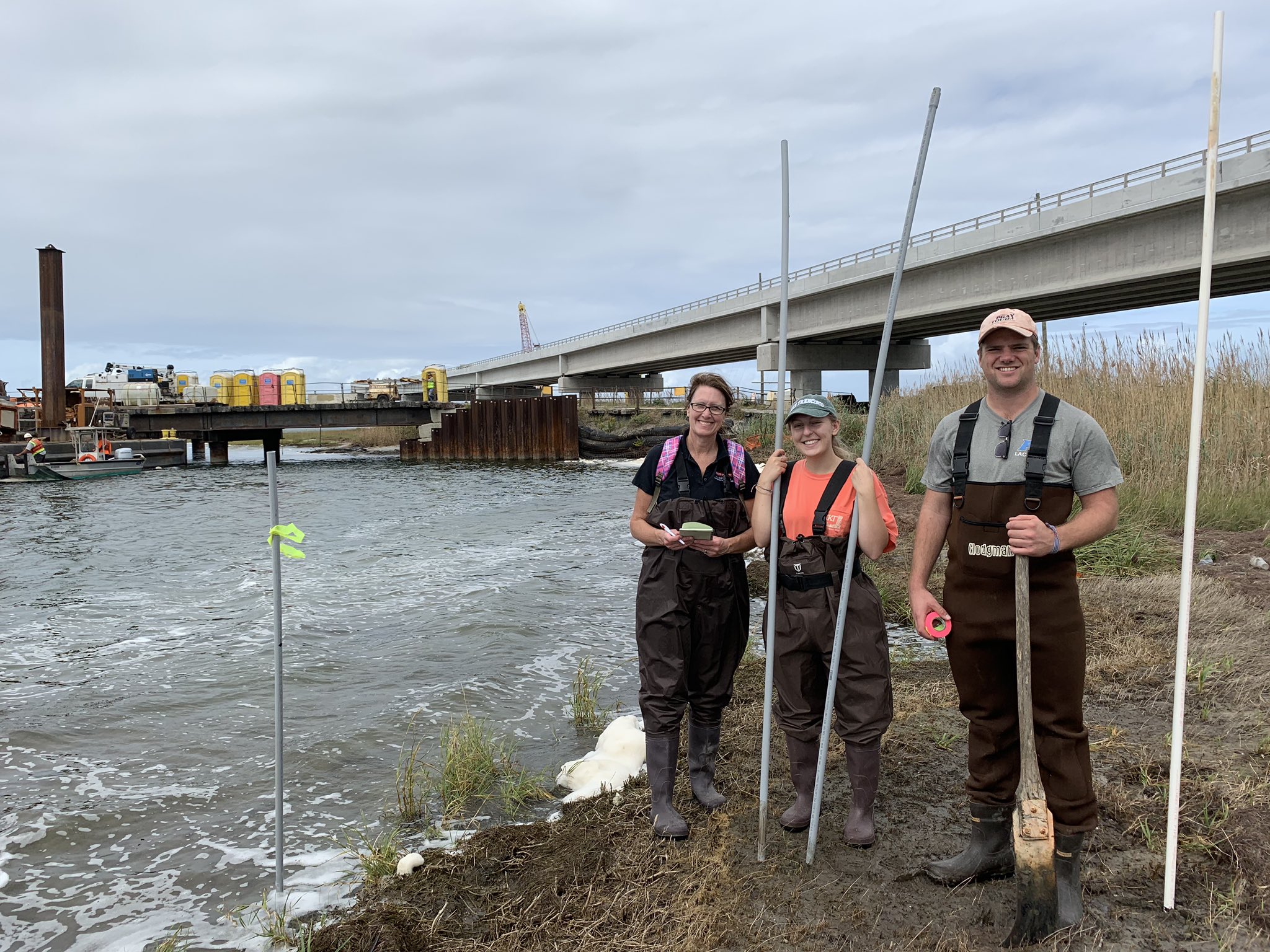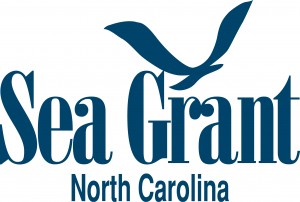Posters: ASBPA Coastal Conference 2019
CA Rucker, N Tull, JC Dietrich, R Luettich, R Cyriac. “Improving the accuracy of a real-time ADCIRC storm surge downscaling model.” ASBPA 2019 National Coastal Conference, Myrtle Beach SC, 23 October 2019.
JL Woodruff, JC Dietrich, AB Kennedy, D Wirasaet, D Bolster, Z Silver, RL Kolar. “Improving predictions of coastal flooding via sub-mesh corrections.” ASBPA 2019 National Coastal Conference, Myrtle Beach SC, 23 October 2019.
Sustainability of Barrier Island Protection Policies under Changing Climates
A stochastic climate emulator will first be developed to simulate 1000s of realizations of chronological climate patterns (forced by satellite and GCM products) to create future storm events coupled with sea level rise scenarios. A library of high fidelity, open source, hydrodynamic and morphodynamic simulations (ADCIRC+SWAN and XBeach) will then be used to develop a surrogate model to predict erosion and flooding for each future realization. Triggers like beach width, dune height, and community preferences will be used to identify how often communities will need to re-nourish, contingent on future climate and sea level rise scenario.
JC Dietrich, DL Anderson. “Sustainability of Barrier Island Protection Policies under Changing Climates.” U.S. Coastal Research Program, 2019 Academic Research Opportunities, 2019/10/18 to 2021/10/17, $226,624 (Dietrich: $226,624).
Webinar: USCRP Progress Review
Carter Rucker helps with Pilot Study for DUNEX
DUNEX is a multi-agency, academic and non-governmental organization collaborative community experiment to study nearshore coastal processes during coastal storms. The multi-phase experiment plan begins with the pilot study, followed by the full experiment starting in fall 2020 and extending into winter 2021. Learn more here.

Carter Rucker (right) setting markers in the Pea Island marsh preparing for ADCP surveys later in the week. Photo courtesy Beth Sciaudone.
Research Image #2: Breaching of Barrier Island

This animation shows the storm-driven dune erosion and breaching on a barrier system. This is part of Alireza’s erosion and breaching modeling research.
News: Connecting Erosion to Flooding
XBeach Model Predicts Storm Impacts on Beaches and Dunes
Alireza Gharagozlou (below) is a doctoral student in the Department of Civil, Construction, and Environmental Engineering at NC State University. He studies how to connect predictions of beach and dune erosion to community-wide flooding and serves with Casey Dietrich on NC State’s Coastal & Computational Hydraulics Team. North Carolina Sea Grant has supported their work.

Alireza surveying the beach profile near Hatteras, NC, with RTK-GPS after Hurricane Florence.
2019/04/26 – NC Sea Grant Coastwatch Currents
Model Predicts Storm Impacts on Beaches and Dunes
During storms, strong waves and currents can erode beaches and dunes and create low-lying areas vulnerable to flooding. We use field surveys and a computer model called XBeach to predict this erosion, as well as to understand its interactions with storm-driven flooding of larger regions.
Computer models allow us to see how the storm surge and waves impact the beach over time, and which locations are vulnerable to large-scale damage. Good predictions of such storm impacts help emergency managers take better-informed measures to protect coastal areas. Understanding vulnerabilities also instructs highway access design and residential area planning.
We used the XBeach computer model on more than 30 kilometers of Hatteras Island between Avon and Rodanthe to explore how to connect erosion predictions to larger areas. Could XBeach cover more of the island, yet still provide good erosion predictions at beach and dune scales? And how could we connect erosion predictions to other models for storm surge and flooding?




